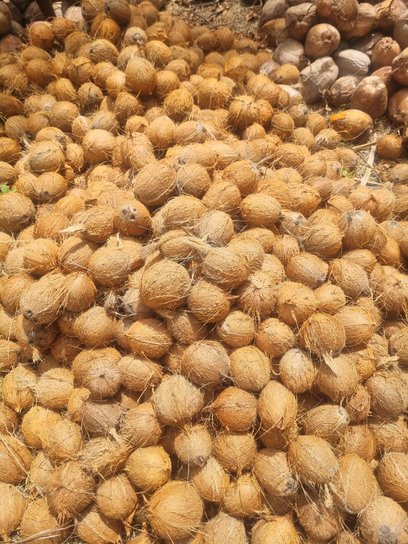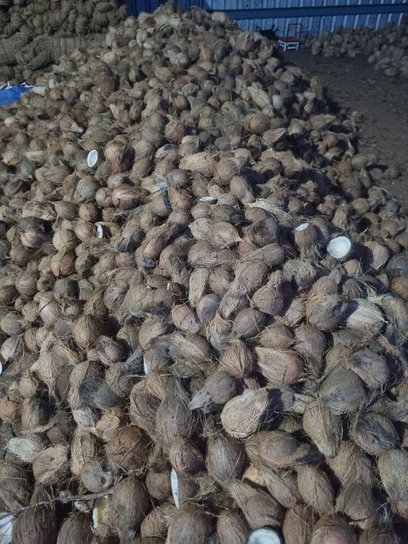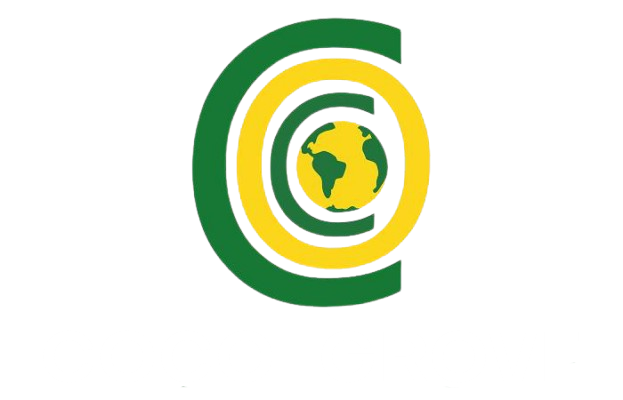Intercropping in Coconuts
Posted by Coco Grove on Feb 4, 2025
Good Coconut Intercrops
Coconut intercropping is a strategic farming practice that involves cultivating additional crops in the space between coconut trees. This approach not only optimizes land utilization but also improves soil fertility, ensures year-round income, and enhances biodiversity. The choice of intercrops depends on factors like climate, soil type, and market demand. Below is a detailed discussion of some of the best intercrops for coconut plantations:
1. Spices
- Black Pepper: Pepper vines are an ideal choice for intercropping in coconut plantations. The vines can climb the trunks of coconut trees, making efficient use of vertical space. Additionally, black pepper thrives in the tropical microclimate created by coconut palms and provides a high-value crop that boosts farmers’ income.
- Turmeric and Ginger: These rhizomatic crops flourish in the shaded and moist conditions under coconut trees. They require minimal sunlight and are well-suited to the microenvironment, offering good returns in a short duration.
2. Fruits
- Bananas: Banana plants are highly compatible with coconut plantations. They grow quickly, provide shade, and improve the soil’s organic content. Moreover, bananas yield fruits multiple times a year, ensuring regular income for farmers.
- Papaya: Papaya grows well in the partial shade provided by coconut palms and does not compete aggressively for nutrients. It also has a short gestation period, producing fruits within six to eight months.
3. Legumes
- Groundnut: Groundnuts, or peanuts, are a nitrogen-fixing crop that enhances soil fertility by enriching it with nitrogen. They also have a short growing cycle, making them an excellent choice for intercropping.
- Cowpea and Green Gram: These legumes contribute to soil structure improvement and nutrient cycling. They are drought-resistant and can adapt well to the conditions found in coconut plantations.
4. Vegetables
- Tomatoes, Okra, and Brinjal: These are short-duration crops that grow well in partial shade, allowing farmers to harvest them multiple times a year. They also cater to local markets, providing a steady source of income.
- Leafy Greens: Spinach, amaranthus, and other leafy vegetables are fast-growing crops that require minimal resources. They thrive in the nutrient-rich soils of coconut plantations and are ready for harvest within weeks.
5. Tubers
- Sweet Potatoes and Tapioca: These root crops are excellent choices for intercropping in coconut plantations. They grow underground, utilizing the soil space without interfering with the shallow root systems of coconut palms.
- Yams: Yams are another tuber crop that fits well into coconut intercropping systems. Their growth pattern ensures minimal competition with the primary crop while providing an additional income stream.
6. Medicinal Plants
- Aloe Vera: Known for its medicinal properties, aloe vera is drought-tolerant and grows well in the sandy soils commonly found in coconut plantations. It requires minimal maintenance and has a growing market in the health and cosmetic industries.
- Lemongrass: This aromatic grass is easy to grow and acts as a natural pest repellent. It also provides an additional revenue source due to its demand in essential oil production.
7. Other Crops
- Cocoa: Cocoa is a profitable intercrop that thrives under the shade provided by coconut palms. It grows well in tropical climates and complements coconut farming by adding diversity to the plantation.
- Coffee: Coffee plants are shade-loving crops that grow efficiently under the canopy of coconut trees. This combination is particularly successful in regions with suitable climatic conditions.
Advantages of Coconut Intercropping
- Maximized Land Productivity: Coconut intercropping allows farmers to make the most of their land by growing multiple crops simultaneously. This practice ensures that the space between coconut palms is not wasted.
- Enhanced Soil Health: Certain intercrops, such as legumes, enrich the soil by fixing nitrogen and adding organic matter, improving overall fertility.
- Economic Diversification: Intercropping provides farmers with additional income streams, reducing their dependency on coconuts alone. This diversification is particularly beneficial during periods of low coconut yield or fluctuating market prices.
- Improved Pest and Disease Management: Some intercrops act as natural pest deterrents or help break the lifecycle of pests that affect coconut trees, leading to healthier plantations.
- Environmental Benefits: Intercropping fosters biodiversity and reduces the risk of soil erosion. It also encourages sustainable farming practices by making optimal use of available resources.
Conclusion
Coconut intercropping is a sustainable and profitable agricultural practice. By selecting suitable intercrops like spices, fruits, legumes, vegetables, tubers, and medicinal plants, farmers can enhance the productivity and health of their plantations. This method not only maximizes the use of land and resources but also provides environmental and economic benefits, ensuring the long-term sustainability of coconut farming systems.


